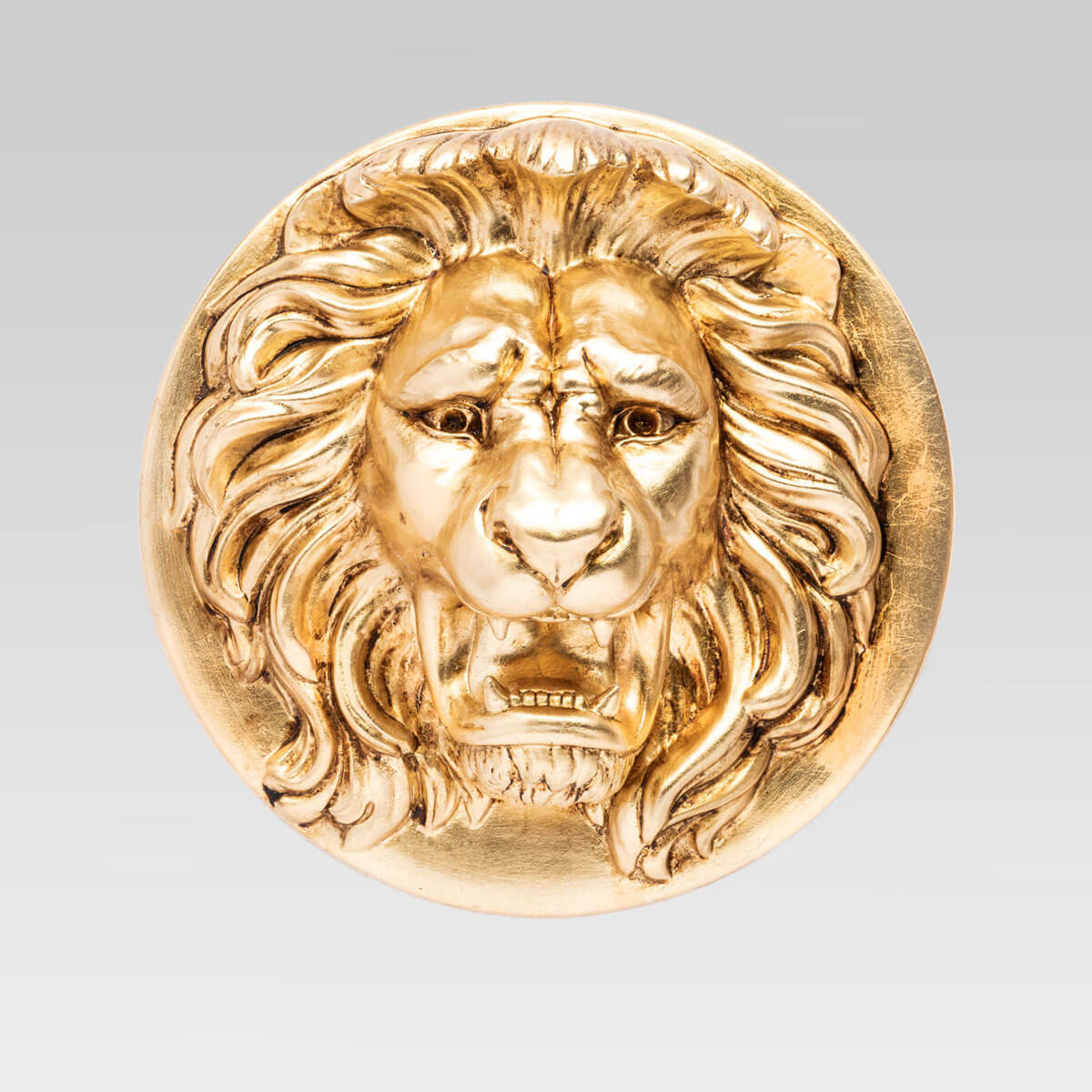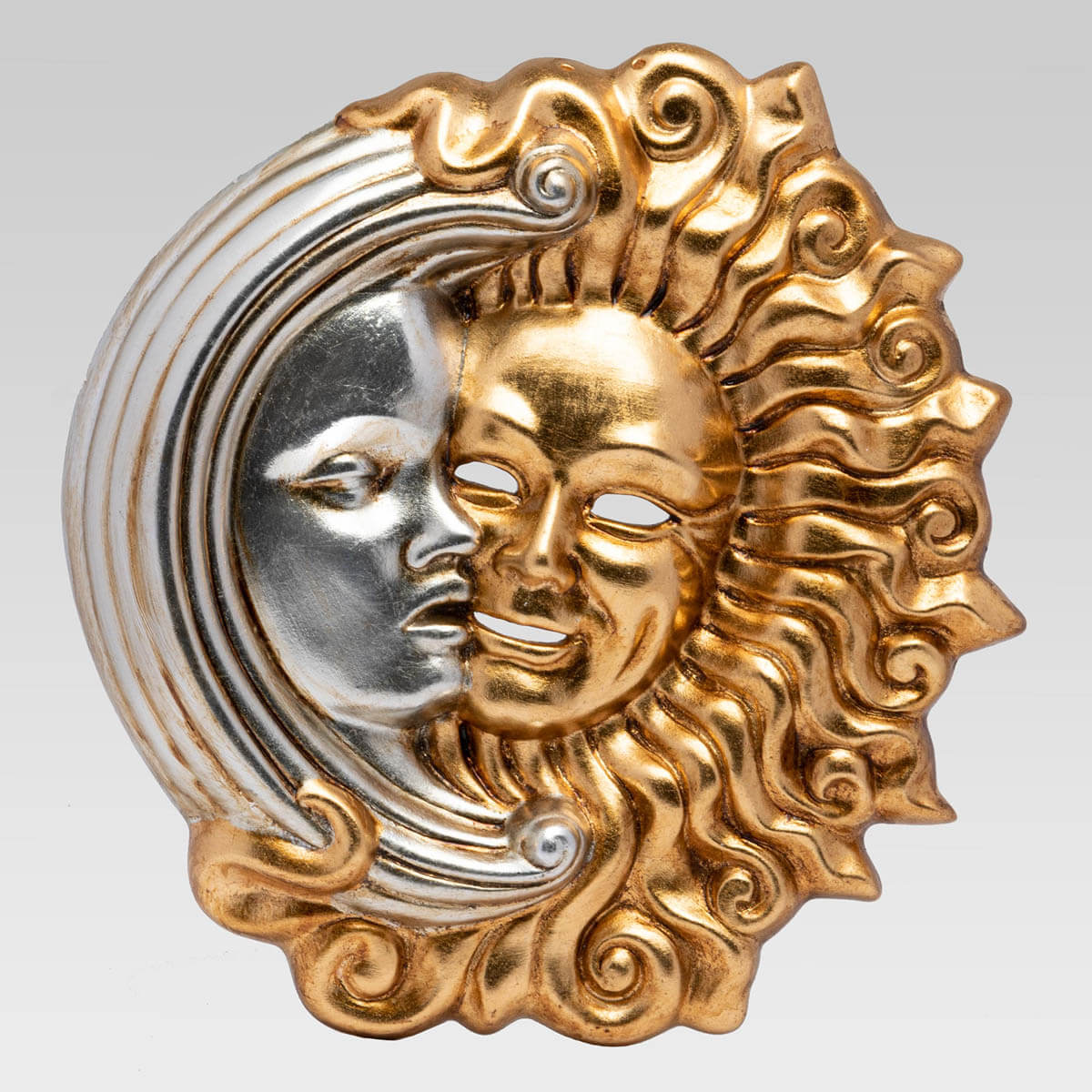Lions and their significance in Venice
This guest blog post was written by Justin Angelo Patulli, enthusiast of artisanal creations.
Humankind has always had an affinity for animals and have associated them with certain attributes. The lion has long been a synonymous symbol of Venice. This ferocious yet elegant animal is the protagonist of the Venetian flag. It can also be found in the form of door knockers, statues, and on the top of bell towers. Even the highest honour one can be awarded with at the Venice Film Festival, the Golden Lion (called the Leone d’Oro in Italian), is modelled after this animal. One needn’t look too far to find lions used in some form of artistic representation. In fact, the artisans of Venezia Maschere by La Gioia have created several masks that incorporate this iconic symbol.
But why exactly is the lion associated with Venice?
Mythologists consider lions to represent protection, strength, wisdom, and courage. These are all traits that characterize the Venetian people. Most imagine that life in Venice is a dream, but living on a lagoon comes with its challenges and is not for the faint of heart. This city is both friend and foe of the sea, always combatting against high tide and flooding. This was true centuries ago and still remains a challenge as climate change accelerates erratic weather patterns. The lion can be considered both a talisman protecting the city and also a symbolic representation of the people. Despite the continuous fight against the elements, the Venetian people exhibit their bravery by carrying on—thriving as a top destination for tourism and the arts.
The lion is also a symbolic expression of Saint Mark the Evangelist, Venice’s patron saint. Hundreds of thousands of visitors make the trip to St. Mark’s Basilica (or Basilica di San Marco, as it’s known in Italian) where the saint’s relics are housed. His association with the lion has been attributed to numerous explanations. One includes the fact that early Christians used animals to symbolize the four Gospels of Christ, with Mark known as the lion. Legend has also said that St. Mark was thrown to the lions, but that the animals did not attack him and, in fact, fell asleep at his feet while he pet them. Regardless of the origins of this association, it’s fitting that Venice would adopt the same symbol that has represented its patron saint for thousands of years.
Venezia Maschere by La Gioia is a brand that has been built on both pride and a passion for Venetian traditions. This is reflected in the various styles of masks that they produce, including several that use a lion’s face. If you’re looking to give a gift with strong symbolic significance, gifting one of these lion masks is a great option. Whether someone you love is facing some challenges and is in need of encouragement or they have conquered hardships with strength, courage, and wisdom, this is sure to be an unforgettable gesture. Instead of sending someone the usual bouquet of flowers, why not spend the same amount of money on a mask that will last forever? And it’s important to remember that when you purchase from this brand, you are buying genuine art that has been authenticated by the Italian government with a Made in Italy certification.
With many origins and meanings, this animal is an integral part of the Venetian culture. It’s evident that the lion is as iconic a symbol of Venice as any of its other major landmarks. If you’re looking to embody the spirit of this city both aesthetically and energetically, then pick up one of these masks today. You’ll be glad you did!
Have a look at a few of the many options. Some incorporate the lion in a discreet, but elegant way:
Leone Grande Foglia Oro
130,00€


